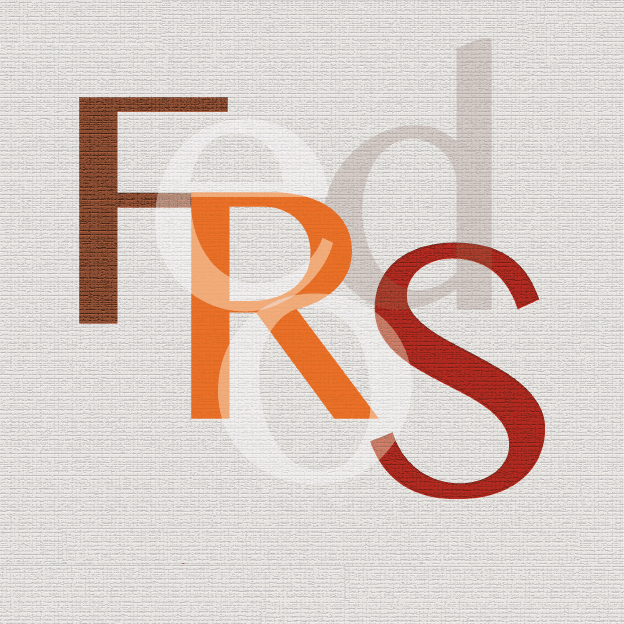53rd Congress of the Italian Association of Semiotic Studies – Villains
53rd Congress of the Italian Association of Semiotic Studies – Villains
Villains
Palermo, December 11-13, 2025
There is nothing to say, there is never a shortage of bad guys. If fields such as politics or news seem too obvious we might think of literature, folklore, cinema, cartoons, or the Web. Any narrative, whether explicit or implicit, has no shortage of villains, and so even advertising, design, gastronomy or fashion have their own. The reason roots in one of the cardinal principles of structural semiotics for which, we know, the elements of any system are brought into being by the relationship they establish. In order to have a good there must be a bad and vice versa. The one presupposes the other, just as the planes of a sign do, making the unity they constitute always negotiable. Therefore, if usually what decides who is the hero of a fairy tale is the perspective chosen to tell it – to the extent that the terrible Minotaur can always become the sad Asterion – when dealing with more articulate texts, such as the actions of a government or a movie saga, these roles may vary a lot. Not what (or who) is bad but when is bad, we might say paraphrasing Nelson Goodman. Where the “when” does not relate uniquely to the temporal dimension but, more generally, to the articulation (and boundaries) of a narrative or discourse in all its complexity.
The question thus becomes more interesting. Speaking of villains does not mean deciding who is one, and consequently who is good, but identifying the conditions from which badness and goodness, villain and hero, give themselves, each exploiting the other in a more or less strategically conscious, coherent and oriented way, to pose as such in someone else’s eyes. An expanded scenario in which it matters not only the role assumed by a certain subject-or the point of view from which we observe him or her-but also the way in which he or she acts to give himself or herself to be seen now as a villain now as something else (or to give himself or herself to be unseen), as well as the axiology (the system of values, or anti-values) that he or she makes his or her own and, consequently, the destinant (or antidestinant) that moves him or her. Badness turns out to be an effect of meaning thus, of which a theory of signification is able to identify and describe the deep logics, reconstructing the different planes from which it is continuously generated and
Romance Federation of Semiotics
Federazione Romanza di Semiotica
Federação Românica de Semiótica
